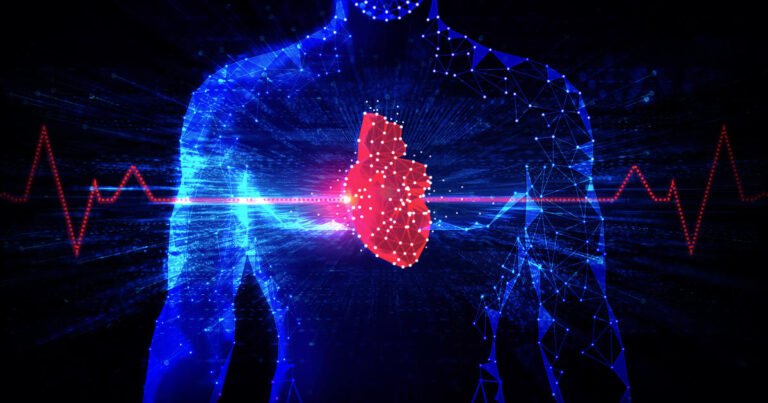The University of Kentucky Office of Public Affairs and Strategic Communications provides a weekly health column that can be used and reprinted by news media. This week’s column is by Talal Alnabelsi, MD, a cardiologist at UK Healthcare’s Gill Heart & Vascular Institute.
LEXINGTON, Ky. (July 8, 2024) – When it comes to cardiac imaging such as MRI, CT, SPECT or PET, it can be difficult to know which type of scan is right for you. What are doctors looking for, and what exactly will the imaging show?
Diagnostic imaging is essential for the evaluation and treatment of coronary artery disease (CAD). Coronary artery disease is a disease that involves the gradual buildup of plaque in blood vessels. Over time, plaque buildup narrows blood vessels and reduces blood supply to the heart muscle. This can result in symptoms such as chest pain, shortness of breath, and heart attack. Risk factors for CAD are high cholesterol, high blood pressure, family history of heart disease, diabetes, smoking, and obesity. For cardiologists, it is important to obtain clear images of the heart to determine the extent of plaque buildup and whether plaque is causing blockages in order to develop effective treatment and prevention protocols.
Traditionally, cardiologists have relied on a type of imaging test called single-photon emission computed tomography (SPECT) to diagnose coronary artery disease and the extent of blockages in the heart. In this test, a radioactive tracer is injected into a vein and a special camera captures the tracer’s trail, taking pictures of it as it travels through the heart. The pictures are then put together into a three-dimensional image that shows areas of tissue damage and reduced blood flow.
There is a new movement among cardiologists to use positron emission tomography (PET scan) to evaluate coronary artery disease. The PET scan procedure is similar to SPECT, as both involve taking pictures of a radioactive tracer that travels through the heart, but PET scans are more accurate and produce better image quality than SPECT.
Other advantages of PET scanning in cardiac imaging include:
- Overall scan times are shorter than SPECT imaging, which is important for patients who have difficulty being in the enclosed space of an imaging unit for long periods of time.
- It can assess not only blood flow but also how well the heart muscle itself is pumping blood.
- Function to determine coronary artery calcium score
- Diagnosis: Patients with persistent chest pain despite no obvious blockage seen on cardiac catheterization or cardiac CT scan (microvascular disease)
- The low radiation dose is beneficial for patients who need to undergo frequent imaging studies.
- They image and evaluate patients suspected of having other conditions, such as cardiac sarcoidosis, endocarditis, scarring of the myocardium, or infections due to implanted devices such as pacemakers.
Outside of CAD, cardiac PET scans can image patients with cardiac sarcoidosis or other suspicious conditions, such as infections of implanted devices (pacemakers/defibrillators) or artificial heart valves.
Although PET scans are not as widely available as SPECT, they can give your cardiologist a more complete picture of your heart health, reducing the need for alternative imaging tests and unnecessary invasive procedures. If your local healthcare facility does not offer PET imaging, ask your cardiologist for a referral.


